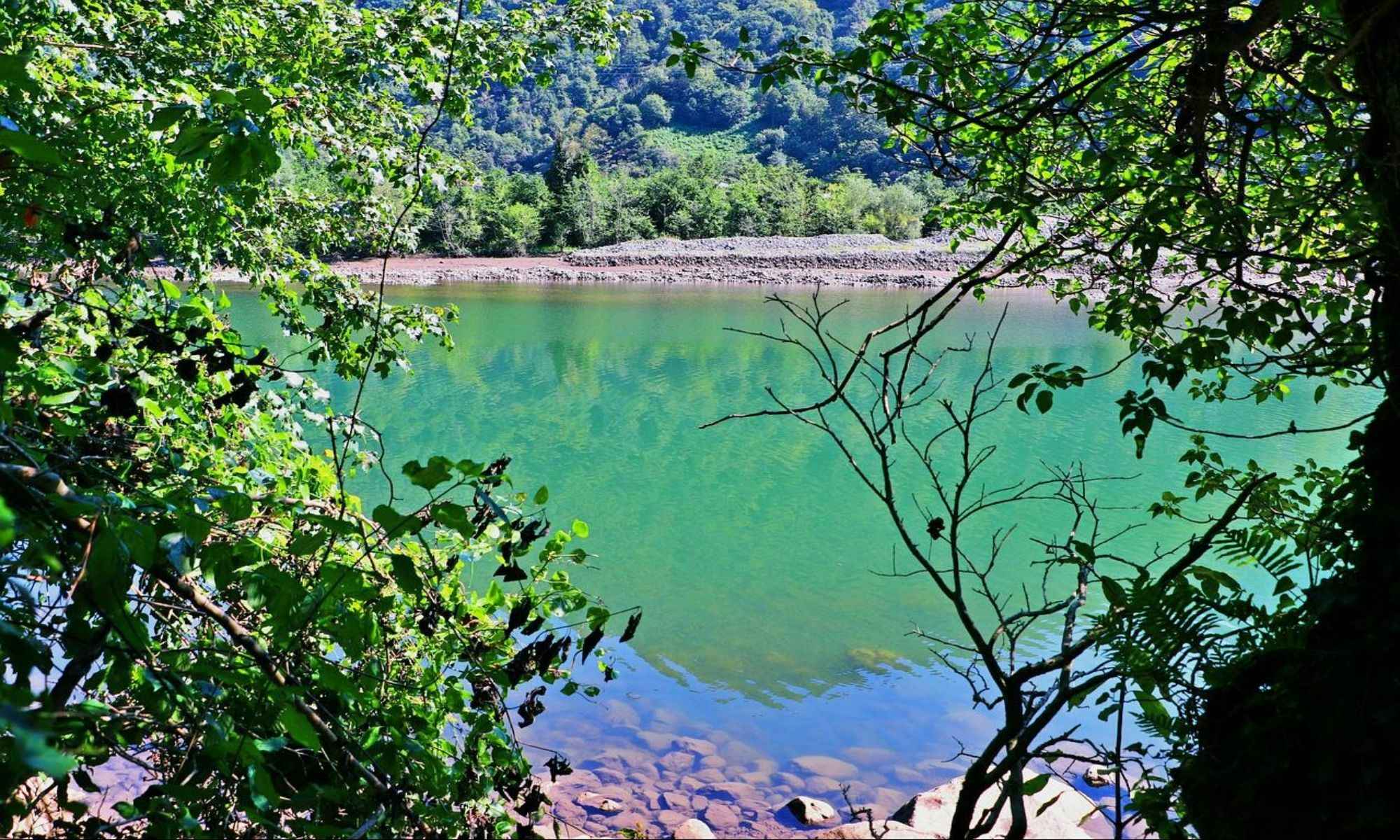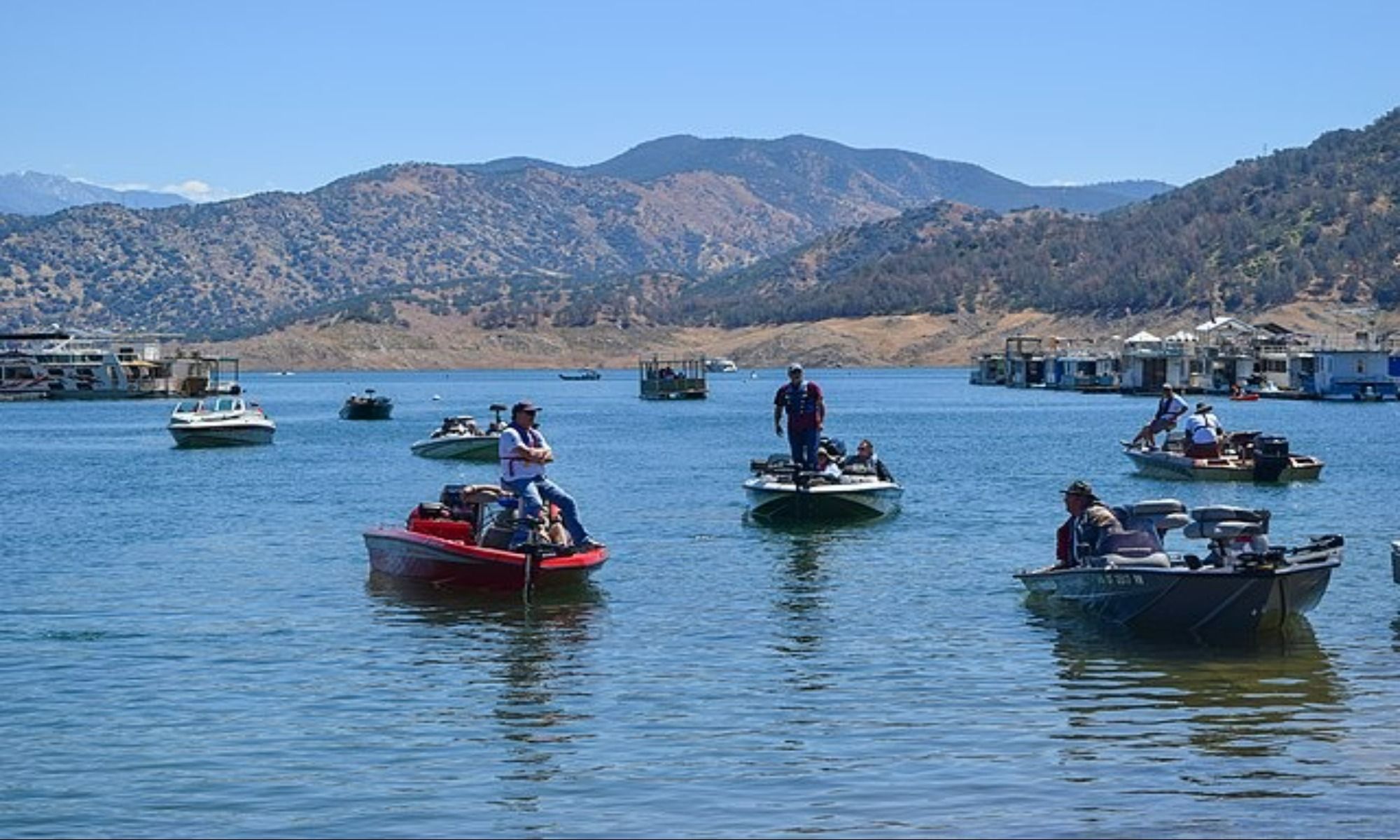Berwick, LA Fishing: A Suburban Atmosphere
Berwick, LA is a community with a suburban atmosphere and is surrounded by the Atchafalaya River. Plan your fishing trip to Berwick today.

Located in St. Mary Parish, Louisiana, it is the small suburban town of Berwick. According to the US Census Bureau, the place has a total area of 6.1 square miles with a population of less than 5,000.
The Atakapa-Ishak Nation and the Chitimacha Tribe of Louisiana previously lived in the area that is today known as Berwick. Berwick's history may be traced to the first white settler, Thomas Berwick, an Opelousas district surveyor, accompanied by his wife Eleanor and their eight children. According to the Berwick Historical Society, they settled along the banks of the Atchafalaya River in the late 18th century. They acquired a Spanish land grant in 1797, making Berwick the earliest community in St. Mary Parish.
The municipality of Berwick, named after Thomas Berwick, was established in 1907. Berwick has around 5,000 residents and has several seafood processing industries and boat companies. With its borders surrounded by the winding Atchafalaya River and proximity to fish-rich neighborhoods, Berwick is an exciting fishing destination for anglers and residents in the United States.
Berwick Fishing

The beautiful city of Berwick is surrounded by nearby towns that all share the same waterways and tributaries from the Atchafalaya Basin. For this reason, Berwick is an excellent destination for any angler who wants to explore more of Louisiana.
The Atchafalaya River distributes the Red and Mississippi rivers in Louisiana, United States. It derives its name from the Choctaw term “long river.” It branches southwest from the Red River near the Old River's confluence with the Mississippi in east-central Louisiana. It flows south for about 140 miles to Atchafalaya Bay, a Gulf of Mexico inlet in southern Louisiana. The thick woods, fertile marshes, and flowing rivers of the Atchafalaya Basin provide vital habitat for more than 300 mammals and 100 aquatic species, and a diverse range of native flora.
These rich habitats work together to support the livelihoods and recreational activities that create the region's history, culture, and legacy. Commonly caught fish species in the Atchafalaya River include largemouth bass, crappie, warmouth, bluegill, redear sunfish, and channel catfish.
Largemouth bass spawn between March and April. Furthermore, claims of larger and better catches of largemouth bass have been reported following the successful restocking of the Atchafalaya Basin. Spinnerbaits, crankbaits, and topwater lures are the most productive when largemouth bass are in shallower parts of the water. Meanwhile, worms and jigs are among the biggest producers when they move deeper. The best time to capture them is during the spawning season, which runs from February to May when it comes to crappie. Male and female crappie migrate from deep sites to shallow, concentrated breeding grounds throughout this season. Because they are busy feeding and guarding their nests, they are quite easy to catch.
Warmouth spawning occurs from March through May, when water temperatures approach 70 degrees Fahrenheit and continue through June, July, and August. Males, like other sunfish, build nests in shallow water. Unlike other sunfish, warmouths frequently build their nests alone and in sheltered spots like logs, submerged plants, or other objects. Their food consists of crustaceans, insects, and tiny fishes, which are carnivorous sight feeders.
Bluegill are typically found in grass beds, along shorelines, and around structures such as submerged trees, docks, or piers. The breeding season for bluegill begins when water temperatures reach 70°F, peaks in early June, and lasts through September and November. Live bait is the most popular option for bluegill. Worms, crickets, and grasshoppers are all good choices. Due to the size of the species' mouth, use a little hook. However, because bluegill are curious species, you may want to use artificial lures instead.
Redear sunfish are typically caught in large numbers during their spawning season in March, April, and May. Redear sunfish prefer deeper water, so jig the bait up and down off the bottom or fish small baited hooks near or on the bottom of the water body. Male redear sunfish on the nest provide excellent light tackle during the breeding season. For catfish, the ideal time to catch them is from an hour before sunset until 2 hours after sunrise and from late morning to just before dusk in December and January. The most active and hungry catfish will consistently bite in these windows. Cold worms, earthworms, or packaged catfish stink bait are the finest bait for catching catfish. Anglers also utilize a decent cane pole, a strong hook (1/0 or 2/0), at least a 12-pound line, and a medium to heavy action rod and reel. You can either use a cork to catch your bait or let it sink to the bottom.
Flat Lake is connected to the Atchafalaya River through small openings of waterways, wherein the most common catches are red drum and bluegill. Redfish drum have no closed season in Louisiana. Thus, they can be harvested all year. September through November are the best for catching large redfish in Louisiana, but March, April, and May produce more fish. Crabs, shrimp, and small fish are all favorites of red drum. Therefore artificial lures that look like fish or shrimp, along with weights or spoons, are excellent. Use topwater lures in shallow water to get the strongest early morning action.
Lake Palourde is a large body of water with 11,520 acres. Streams connect it to Grassy Lake to the north and Lake Verrett to the east. Flat Lake used to connect Lake Palourde to the southwest, but Highway 70 and a levee northeast of Baton Rouge broke the lake connection. There are about 300 bird species in the Atchafalaya Basin, including Lake Palourde, 90 species of fish, crawfish, crabs, and shrimp, 65 species of reptiles and amphibians, and 46 species of mammals. The most popular species caught here are blue catfish, largemouth bass, and channel catfish.
March, April, and May are excellent months for catching big blue catfish in large bodies of water like the Atchafalaya Basin, which lake Palourde is connected to and a part of.
Top 10 Fish Species in Berwick, LA
The top ten fish species caught in Berwick, LA, are largemouth bass, crappie, warmouth, bluegill, redear sunfish, channel catfish, blue catfish, smallmouth bass, red drum, and black drum.
Seasonal Fishing
Although the cooler months of September through February are the most heavily marketed and thus the most popular in Louisiana, don't miss out on the plentiful fish from March to August. The best months for fly fishing are January through June when the weather is mild enough that the wind does not impact the direction in which fishing lines are cast across the water.
The fall season begins in October, and the main targets are redfish, black drum, and jack crevalle. November, like October, is a fantastic month. However, it is still a hectic period. The weather is cooling down, and the redfish are enjoying it. And so will anglers who decide to come here in these months.
Fall in Love with Nature at Berwick
1. Book a Fishing Charter
It never hurts to have a large crew on hand to assist you. A guided fishing trip on a fishing charter allows you to sit back and relax while focusing solely on landing that big catch. The licensed guide is also available to teach you everything you want to know about fishing. If you wish to try out a new technique for casting the line or improve your skills, the experienced specialists onboard can assist you.
2. Trek at the Bayou Teche Paddle Trail
The terrain is one of the most compelling reasons to visit St. Mary Parish, often known as the Cajun Coast. If you want to experience some of America's wettest wild locations, come here to see bayous and cypress woods, driving, and paddling paths. Prepare to trek down the Bayou Teche Paddle Trail, a 135-mile stretch of Atchafalaya swampland with easily accessible entry locations that allow canoeists and kayakers to go on short day trips or longer multi-day adventures.
3. Visit the Southwest Reef Lighthouse
The Southwest Reef Lighthouse is a big red monument to the golden days of south Louisiana's fishing industry that can't be missed when you see it. This Atchafalaya Bay attraction, constructed in 1858, was built to replace lightships directing vessels to shore for nearly a century.


